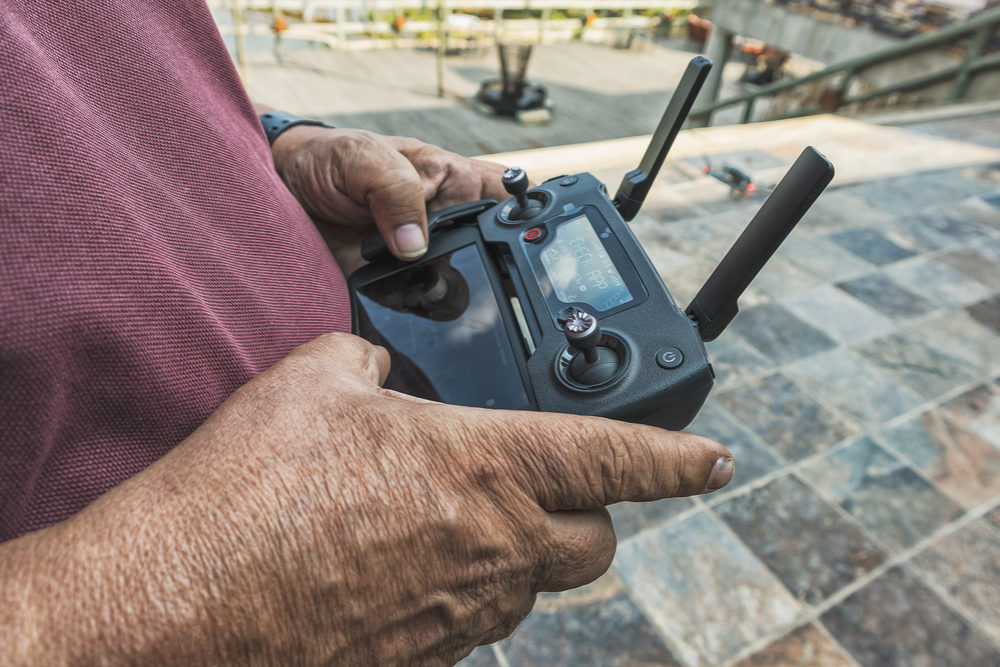DJI Phantom Drone Accident with Helicopter Caused By Operator Error: NTSB

An accident involving a U.S. Army helicopter and a DJI Phantom Drone was caused by a consumer who was flying the recreational drone several hundred feet in the air, and out of the remote pilot’s range of sight, during a temporary flight restriction that was in place due to presidential travel and a United Nations assembly, according to federal investigators.
The National Transportation Safety Board (NTSB) announced the results of a review of the drone collision with a helicopter last month, indicating that the drone operator failed to avoid the accident because he was intentionally flying the drone out of visual range and did not have adequate knowledge of regulations or safe operating practices.
The drone accident occurred when the popular DJI Phantom 4 collided with a Sikorsky U-H 60M Black Hawk helicopter, which then had to make an unexpected landing. The impact occurred at approximately 300 feet in the air, before the helicopter had to land for inspection.

Did You Know?
Millions of Philips CPAP Machines Recalled
Philips DreamStation, CPAP and BiPAP machines sold in recent years may pose a risk of cancer, lung damage and other injuries.
Learn MoreWhen the helicopter landed safety, officials found a 1 ½ inch dent on the leading edge of one of the helicopter’s four main rotor blades. Parts of the drone were also found ledged into the helicopter’s engine oil cooler fan, which could have potentially caused engine disruption.
The operator of the drone was later identified by a NTSB investigator, and the report indicates that the consumer was unaware of that the accident had occurred, according to the statement.
Flight logs revealed the pilot of the drone intentionally flew the aircraft 2.5 miles away, well beyond visual line of sight and was just referencing the map on his tablet. Additional logs indicate the pilot had exceeded the 547 ft. altitude at a distance of nearly 1.8 miles away from the controls, which is believed not to be in visual sight.
NTSB investigators further reported that the operator of the drone was unaware of the current flight restrictions in place during the time of the collision due to the presidential travel and a United Nations General Assembly session occurring.
According to the NTSB, hobby and recreational pilots are expected to operate their aircraft in accordance with Title 14 Code of Federal Regulations Part 101, which includes maintaining visual contact with the aircraft at all times and not interfering with any manned aircraft. There are no training or certification requirements for model aircraft pilots.
Get more articles like this sent directly to your inbox.
"*" indicates required fields




0 Comments